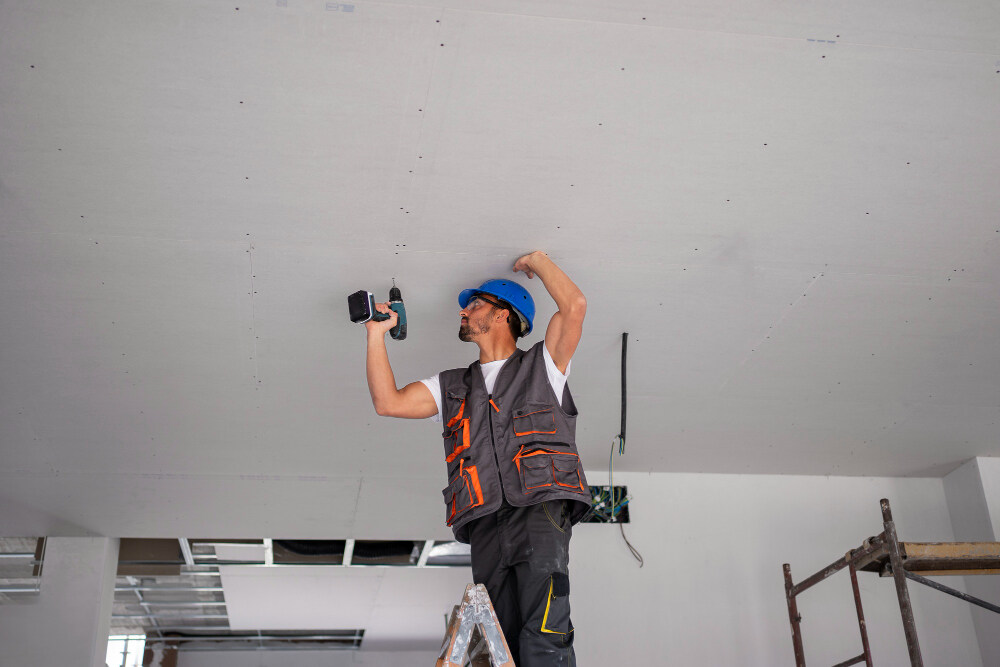Drywall anchors are essential components in many homes, especially when you need to hang something heavy or mount something securely on your walls. Whether it’s shelving, TVs, or decorative items, drywall anchors provide the necessary support to keep these objects in place. But after you remove an item, many people wonder: Can you reuse drywall anchors? This is a common question among DIY enthusiasts and homeowners looking to save time and materials.
In this comprehensive guide, we’ll explore everything you need to know about drywall anchors, whether or not they can be reused, and the pros and cons of reusing them. We’ll also cover the best practices for reinstalling anchors or replacing them, so you can achieve the strongest and most secure results.
Understanding Drywall Anchors
Before diving into the question of reusability, it’s essential to understand what drywall anchors are and how they work. Drywall anchors are fasteners designed to provide a secure hold in hollow wall surfaces like drywall, where traditional screws alone might not have enough grip. They are used when mounting items that are too heavy or cumbersome for the drywall to support independently.
There are several types of drywall anchors:
Plastic Expansion Anchors: These are the most common type, expanding as you screw into them to provide a tight hold.
Threaded Drywall Anchors (Self-Drilling Anchors): These anchors have a pointed, screw-like design and can be installed without pre-drilling a hole.
Toggle Bolts: These heavy-duty anchors use spring-loaded wings that expand behind the drywall to distribute weight and provide excellent holding power.
Molly Bolts: These anchors expand behind the drywall and are excellent for medium to heavy loads.
Each type of anchor has its specific application, but when you remove them, the question arises: Can you reuse drywall anchors, or should they be discarded?
Can You Reuse Drywall Anchors?
The answer to whether you can reuse drywall anchors largely depends on the type of anchor you’re dealing with and the condition of both the anchor and the drywall after removal.
Plastic Expansion Anchors
Plastic expansion anchors are designed to expand and grip the drywall when a screw is inserted. These anchors typically deform slightly when installed, and they often break or become misshapen when removed. Reusing plastic drywall anchors is not recommended because their ability to expand and grip the drywall decreases with each use. Once removed, they may not provide a secure hold if reinstalled in the same spot. In many cases, you’ll need to use a new anchor or relocate the hole.
Threaded Drywall Anchors
Threaded anchors, also known as self-drilling drywall anchors, can sometimes be reused, but it’s not ideal. Because they screw directly into the drywall, they create threads in the wall material. If the anchor is removed, those threads might not be as strong the second time around. Reinstalling the same threaded anchor in the same hole can lead to a looser fit, reducing the anchor’s holding capacity.
However, if you remove the anchor carefully, without causing significant damage to the drywall or the anchor itself, there’s a chance you could reuse it in a different location. Keep in mind, though, that reusing these anchors in new drywall can still present risks in terms of holding power.
Toggle Bolts
Toggle bolts are much harder to reuse. Once the spring-loaded wings open behind the drywall, they cannot be retracted. If you remove a toggle bolt, the wings will fall behind the wall, making them impossible to use again. In most cases, toggle bolts need to be replaced if removed.
Molly Bolts
Molly bolts are another type of anchor that, once expanded, can be challenging to reuse. These anchors expand behind the wall, and while they may still be securely attached after removal, their grip is compromised. Reusing molly bolts is not recommended because they lose their tight fit after the first installation.
In summary, reusing drywall anchors isn’t typically advised unless the anchor is still in good condition and hasn’t been significantly deformed. For optimal support, it’s better to use new anchors, especially for heavy-duty installations.
Pros and Cons of Reusing Drywall Anchors
Now that we’ve explored whether you can reuse drywall anchors, let’s take a closer look at the advantages and disadvantages of doing so.
Pros of Reusing Drywall Anchors
- Cost Savings: Reusing drywall anchors can save money on materials, especially if you’re working on a large project.
- Less Waste: Reusing anchors can reduce waste, making it a more environmentally friendly option.
- Convenience: If you’re in a hurry or don’t have replacement anchors on hand, reusing an existing one might be a quick solution.
Cons of Reusing Drywall Anchors
- Weakened Holding Power: Reused anchors may not grip the drywall as securely, especially if the anchor or the wall material has been damaged during removal.
- Increased Risk of Failure: If the anchor doesn’t hold as tightly as before, there’s a higher risk that the mounted object could come loose, potentially causing damage or injury.
- Damage to Drywall: Removing and reusing anchors can weaken the drywall around the original hole, leading to cracking or larger holes that may need to be patched.
Overall, while reusing drywall anchors might seem like a good idea for small projects, the potential downsides often outweigh the benefits, especially for heavy-duty installations.
When Should You Replace a Drywall Anchor?
Even though reusing drywall anchors can be an option in some situations, there are several instances where replacing the anchor is the better choice:
- If the Anchor Is Damaged: If the plastic is deformed or the metal components are bent, it’s time for a replacement.
- For Heavy Items: If you’re mounting something that requires significant support (e.g., shelves, heavy mirrors), don’t risk using a reused anchor. A new anchor will ensure maximum holding power.
- Wall Damage: If removing the anchor causes damage to the drywall, you may need to repair the wall before reinstalling any anchor, reused or not.
- Toggle Bolt or Molly Bolt: As mentioned earlier, toggle bolts and molly bolts are nearly impossible to reuse once they’ve been expanded. Always opt for a new anchor in these cases.
Best Practices for Removing Drywall Anchors
If you decide to reuse an anchor, how you remove it from the wall matters. Improper removal can damage both the anchor and the drywall. Follow these steps to remove anchors safely:
Step 1: Loosen the Screw
Start by loosening the screw that’s inserted into the anchor. Don’t remove the screw entirely, as you’ll use it to help pull the anchor out.
Step 2: Pull Gently
Grip the screw head with pliers and gently wiggle it back and forth. The anchor should start to come out of the wall.
Step 3: Apply Consistent Pressure
Continue pulling gently while applying consistent pressure. Avoid yanking the anchor, as this can cause damage to the drywall.
Step 4: Patch the Hole
If the drywall is damaged during removal, patch the hole with a spackle or joint compound before reusing the hole.
Alternatives to Reusing Drywall Anchors
If reusing a drywall anchor doesn’t seem like the best option for your project, consider these alternatives:
Relocate the Anchor
Instead of reinstalling the anchor in the same hole, move it to a new spot on the wall. This ensures that the anchor will have a fresh surface to grip, providing more reliable support.
Use Larger Anchors
If the existing hole is too large to reuse the original anchor, consider using a larger drywall anchor. This can provide better support while allowing you to reuse the same mounting location.
Repair and Reinstall
If the drywall is damaged around the original anchor hole, patch the hole with drywall compound, let it dry, and then install a new anchor once the repair is complete.
Conclusion: Can You Reuse Drywall Anchors?
So, can you reuse drywall anchors? The answer is yes, but with caution. While certain types of anchors, like threaded drywall anchors, might be reusable in certain situations, it’s usually better to use new anchors to ensure the best support. Reusing anchors can compromise holding power, increase the risk of failure, and damage the drywall.
For lightweight items or temporary installations, you might get away with reusing an anchor. However, for heavier or more permanent projects, it’s always a good idea to replace the anchor to ensure safety and durability.

